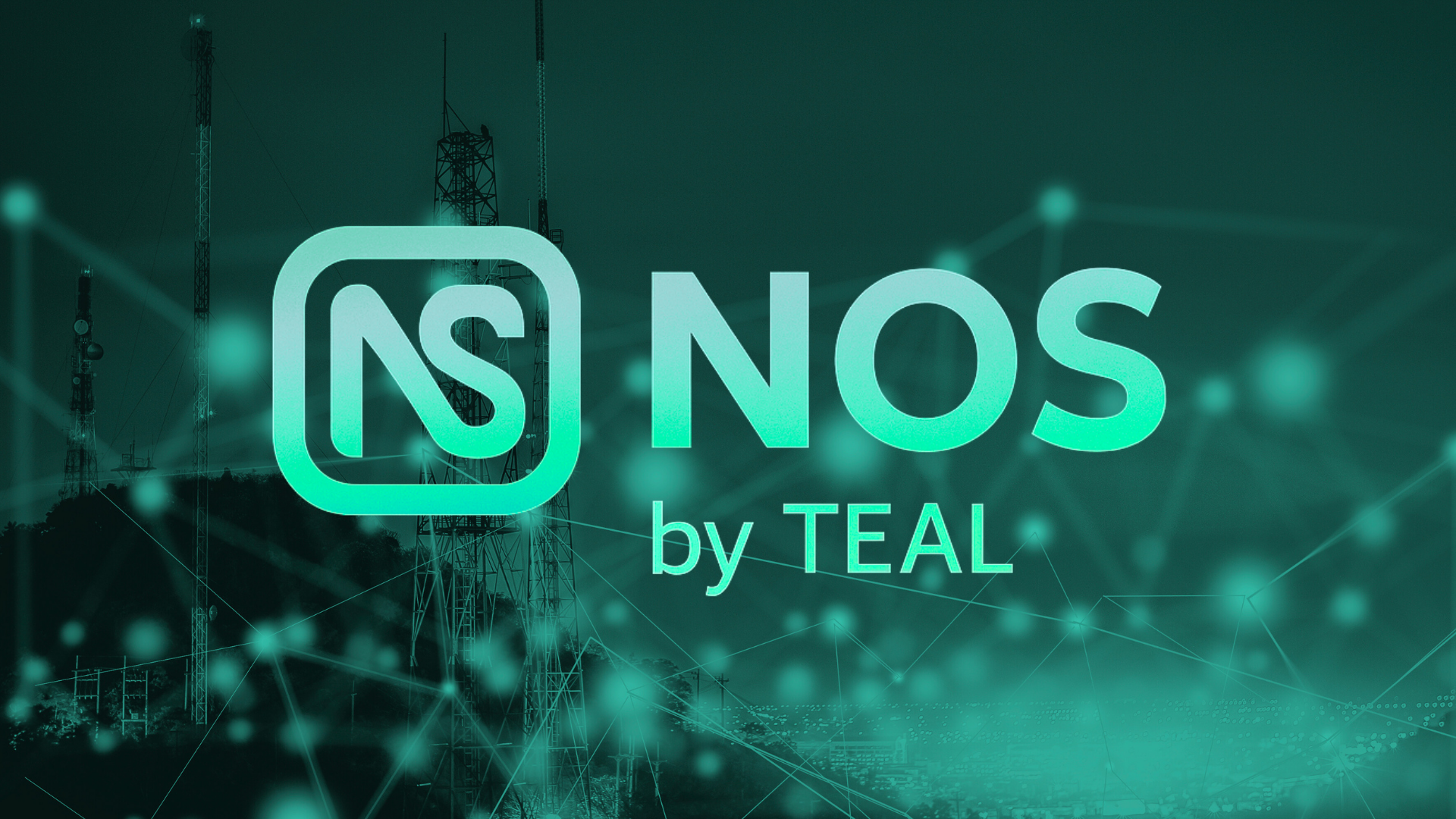A Traffic Jam On The Internet Superhighway

Michael Johnston is the Co-Founder and Chief Business Officer at TEAL, the world’s leading Internet of Things (IoT) networking platform.
If you think of the wireless internet as a multilane highway, we’re rapidly heading toward an inflection point.
When the highway was first built by global mobile network operators (MNOs), there were fewer cars (devices) on the road. Now, however, personal computing devices (i.e., cellphones and laptops) are consuming more and more data but make up a smaller and smaller fraction of the total connected device universe.
The Internet of Things (IoT) is exploding exponentially, and somewhere around 50 billion devices will be connected to the internet by 2030. This is leading us toward a potential traffic jam, where existing cellular technology will be unable to support growing demand for a wide range of consumer and IoT use cases without the rollout and adoption of new network and networking technologies.
Diverging Data Demand Between Consumers And IoT Applications
The age of mobile apps and streaming services have forced MNOs to adapt pricing models toward a user that is consuming larger amounts of data year over year. According to Ericsson, the average global user currently consumes around 11.4GB per month on their smartphone.
According to the same report, video traffic accounts for roughly 69% of all mobile data traffic but is expected to increase to 79% by 2027. As a result, the average global user is also expected to consume more data via their smartphone (which is at the epicenter of the spike in consumer data consumption).
This trend is fairly consistent and straightforward for network operators to plan around (with most variation occurring between age groups). However, in the world of IoT, it’s an entirely different ball game.
Typically, people think of the Internet of Things as a universe of connected sensors and telemetry applications that consume MBs of data. But the notion is outdated, as artificial intelligence (AI), autonomous, virtual reality and metaverse use cases require higher-bandwidth, lower-latency networks for the real-time processing of large data payloads at the edge. 5G plays a massive role in supporting and advancing these technologies and, while the United States was an early adopter of 5G, there is work to be done if we are going to remain a world leader in enabling access to autobahn-like wireless internet superhighways.
The good news is that the U.S. has: 1) recognized the importance of rolling out critical 5G infrastructure and 2) made large strides in its efforts to deliver on its 5G promise. However, the benefits of 5G can’t be realized soon enough, as what was once a free-flowing highway will quickly become gridlocked if U.S. operators don’t add more lanes of 5G.
The Promise, Delivered?
The future is digital and will require many networking technologies that work symbiotically to deliver on the promise of a fully connected universe of devices. Public cellular networks are certainly at the tip of the spear, but private networks, Wi-Fi, LoRaWAN, satellite and Bluetooth technologies all play critical roles within the world of IoT.
Despite the importance of these network technologies, none of them provide a complete end-to-end solution that is: 1) wireless, 2) high bandwidth, 3) low latency and 4) connected to the internet. As a result, the promise of 5G network technology remains the “gold” (or “Goldilocks” as you’ll read below) standard for present and future IoT applications.
Within the world of 5G, high-band spectrum (i.e., mmWave) is particularly important for bridging critical communications infrastructure and enabling ground-breaking connected technologies. The United States, Korea and China led the way with the earliest deployments of these 5G networks; however, the rollout of these lightning-fast, low-latency networks has moved at a much slower pace in the United States than many anticipated.
This is primarily due to the fact that mmWave 5G is particularly expensive to deploy because it requires a dense construction of towers within a specific geography for line-of-sight communication between a device and a tower. Broadly rolling out 5G in mmWave frequencies has proven to be (and will remain) a challenge because MNOs took on huge debt to buy C-band spectrum. As a result, they are cash-strapped and hard-pressed to deploy millions of capital-intensive small cells in urban areas.
C-band spectrum, also known as mid-band spectrum or the “Goldilocks band,” is uniquely suited to transmit larger amounts of data compared to low-band spectrum (i.e., 2G, 3G and 4G) and over longer distances than high-band spectrum (i.e., mmWave or 5G++). While this is not the mmWave spectrum that most people associate with “true 5G,” access to this vital mid-band spectrum has helped U.S. companies define 5G standards and roll out nationwide networks. For these reasons, C-band will likely be the “gold standard” when it comes to 5G as it effectively balances capability with cost.
5G: Coming Soon To A City Near You
The rollout of C-band spectrum has helped bridge the gap between promise and reality, but “true 5G” remains frustratingly difficult for consumers and IoT companies to access in the United States. The next 12 to 18 months will be critical as network operators, governments and businesses push forward to deliver on the next generation of wireless technology.
Some carriers have recently achieved major feats with speeds of more than 3 Gbps by combining multiple mid-band spectrum channels. These successes and advancements are critical for the future of 5G, but it is increasingly important for carriers to push through regulatory hurdles to make these networks widely accessible—specifically for machine-to-machine (M2M) users. Doing so will push the digital future forward and unleash enormous demand from AI, VR and autonomous use cases that rely on low-latency, high-bandwidth networks.
The telecommunications industry’s rule of thumb is that every 10 years a new G (generation) of wireless technology advances the way in which people and “things” communicate with one another. Despite limping out of the starting gate, 5G remains the most ground-breaking evolution to date in the history of wireless networking. As such, we should remember that “patience is a virtue” and “good things come to those who wait.”
Original article publication on Forbes.
Recent Posts
TEAL’s Network Orchestration Service (NOS) is Changing Cellular Connectivity
Teal Communications Staff2025-07-15T19:59:45+00:00
How TEAL’s eSIM Technology is Shaping the Future of Drone AAM Policy Under FAA Part 108
Teal Communications Staff2025-07-08T16:48:15+00:00
Empowering Freedom, Independence, and Control Through TEAL’s Network Orchestration Service (NOS)
Teal Communications Staff2025-07-03T16:40:46+00:00




